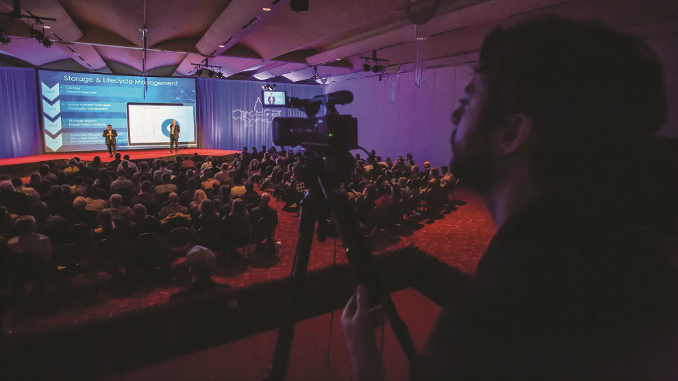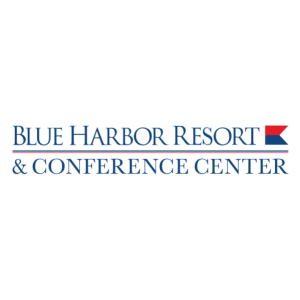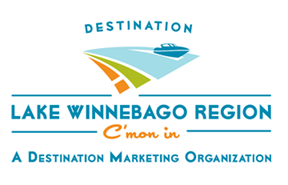A Bigger Picture: Making Event Videos Work For You
01/26/2018
By Rob Lipps
The world’s most cutting-edge conferences use streaming video to engage in-person and remote attendees before, during and after the event. That means meeting planners are required now, more than ever, to create content strategies that encapsulate ROI, metrics, engagement and more.
Companies and associations like Salesforce.com, Lanyon, Citrix, VMWare, Autodesk and PCMA are already streaming their educational conferences, product launches, town-hall meetings, etc. to the world. They’re engaging attendees from any location and creating lasting impact long after the events are over.
Take Citrix, for example. To extend the life of the hundreds of hours of content presented every year at Citrix Synergy, it created Citrix Synergy TV. By livestreaming the keynotes and breakout sessions, Citrix turned the in-person event into an online, live and on-demand destination that lives beyond the conference. Citrix captured more than 100 conference sessions from 10 different rooms and created an online experience with a registration portal, live chat and a custom video showcase. Citrix typically gets 5,500 attendees onsite, and in 2016 the captured content received more than 100,000 views. Pretty impressive results!
And content like that can be used throughout the year to promote future events, generate revenue by turning it into online courses, attract new members or customers, uncover interests and trends from viewers, etc. The possibilities are endless.
As technology has gotten smaller, easier to use and more affordable, the AV portion of a video strategy is the easy part. What takes strategic thinking is what you do with all the captured content.
With the right plan in place, it’s easier than you think to get the most out of your experience at your next event. Consider these four proven ways to make event video work for you.
-
IF YOU’RE GOING TO STREAM SOMETHING, START WITH YOUR CONFERENCE.
Not only is it the most relevant content, it’s the most comfortable for your speakers. They’re going to present regardless, in a setting that is most natural for them. Why not stream their session? Your speakers won’t have to do anything different, and your attendees will appreciate having the option to watch live or on-demand on their smartphones and revisit important content post-event.
If cost is a factor, start small with just your keynotes or main speakers and expand in future years.
The Society for Immunotherapy of Cancer (SITC) hosts an annual meeting where the cancer immunotherapy community can meet in person for scientific exchange, education and networking. SITC 2017 was its largest annual meeting to date with over 3,500 attendees, and for the first time it created a live online conference experience. Online attendees could watch highlyanticipated sessions online. All of the cutting-edge science discussed at the event lives in an online, secure video library for attendees to access. Plus, anyone who watched the sessions could receive continuing education credits.
-
PLAN YOUR VIDEO CONTENT STRATEGY.
Recording conference content with video broadens your reach to new audiences around the world, boosts member retention and brand recognition, generates revenue with online certification programs and gives you marketing content to promote year-long.
CME Science, for example, streams continuing medical education conferences for radiologists. Afterwards it turns that captured content into on-demand webinars and CME courses, reaching many more physicians by providing the option to complete CME courses online.
The best and most valuable information is shared at your events and is a potential gold mine for your organization. Many associations sell individual or bundles of content access. You can also sell sponsorship for ad space in a video player.
-
KEEP THE CONFERENCE EXCITEMENT GOING YEAR-ROUND.
Events never really have a start or end date if you stream them. Plan a rolling-thunder approach for your content with your customers or members. Share videos related to event topics throughout the year in marketing campaigns. It keeps people coming back and bridges the gap between one event and the next.
Educational services provider Pearson streams its annual International Conference on Technology in Collegiate Mathematics because it needs a video library of content to promote after the event to keep the conversations going and attract new audiences.
Video can feed your content marketing and social media strategies for up to a year. You can repurpose educational sessions into webinars, turn customer interviews into case studies and revive your e-newsletters and blog posts by embedding videos. Just make sure you include a call to action, such as a link to register for your next event.
-
USE VIDEO DATA TO PLAN FUTURE EVENTS.
Video analytics give you heat maps about what parts of the video are being watched most, helping to inform your conference content for the next year. Use ongoing and timely viewership data to better understand topic interest and presenter effectiveness.
Don’t just look at clicks, though. Look at who is watching, how much they watched and what they watched. That will greatly help you plan your next conference by seeing what speakers and topics were the most popular. Maybe the ones who were really popular online should be invited back to present in a bigger room the following year.
As we begin a new year, make sure you’re setting your organization up for the most success by creating a solid video strategy.
For more information about the video solution the above companies use, visit sonicfoundry.com/mediasite-event-services.











